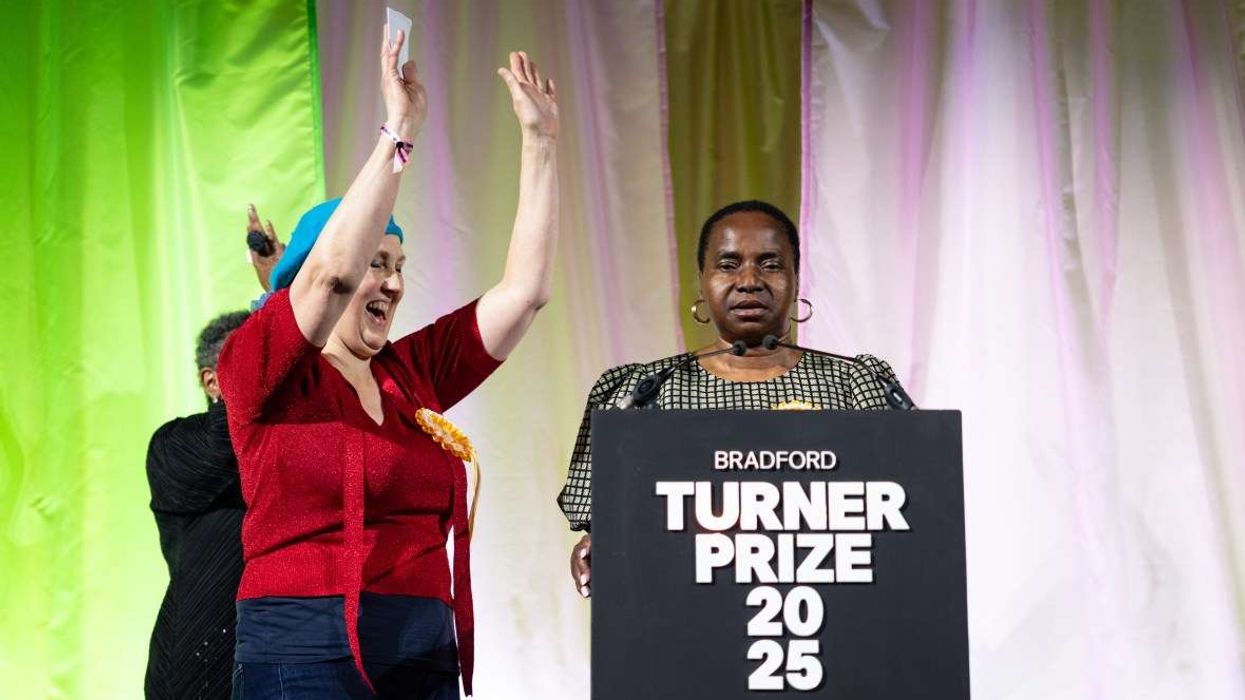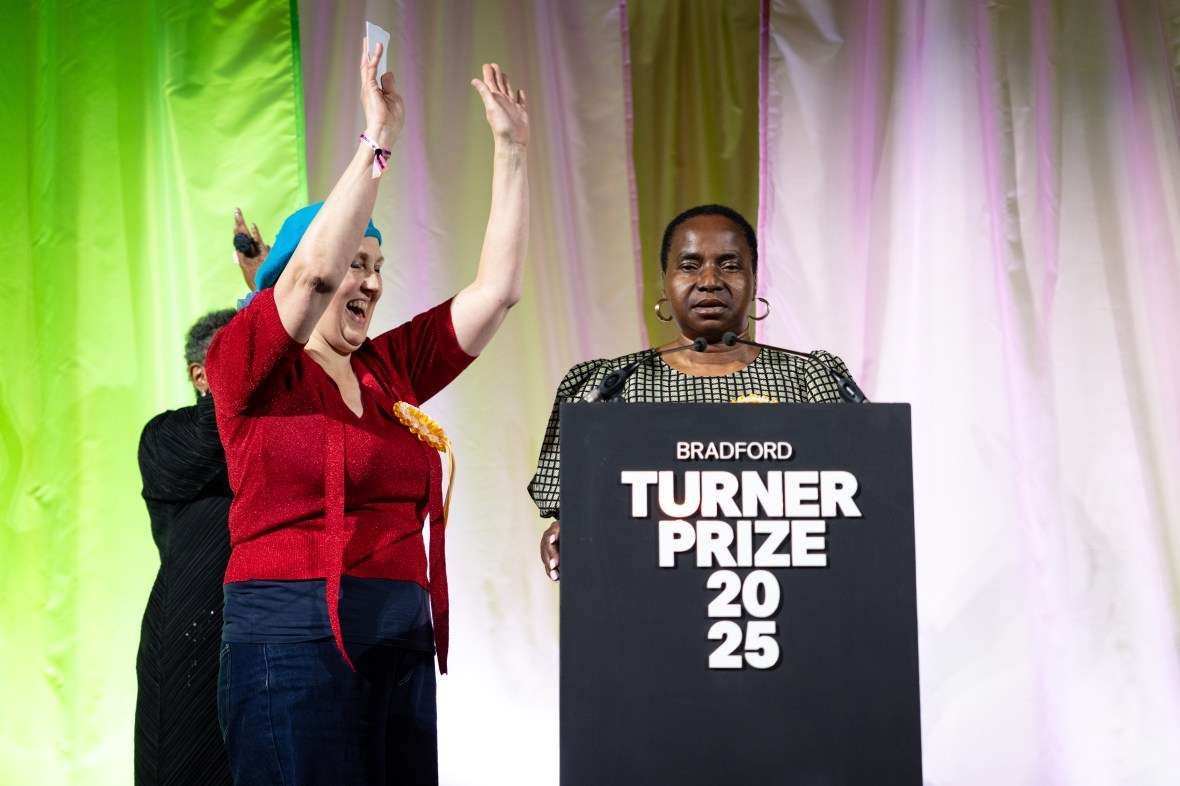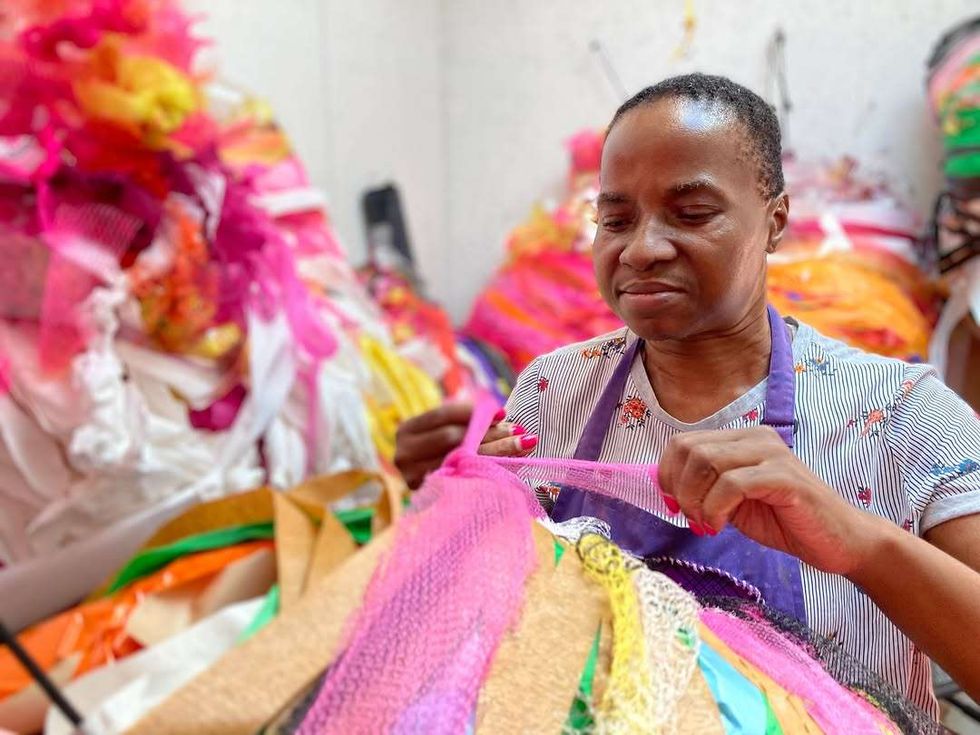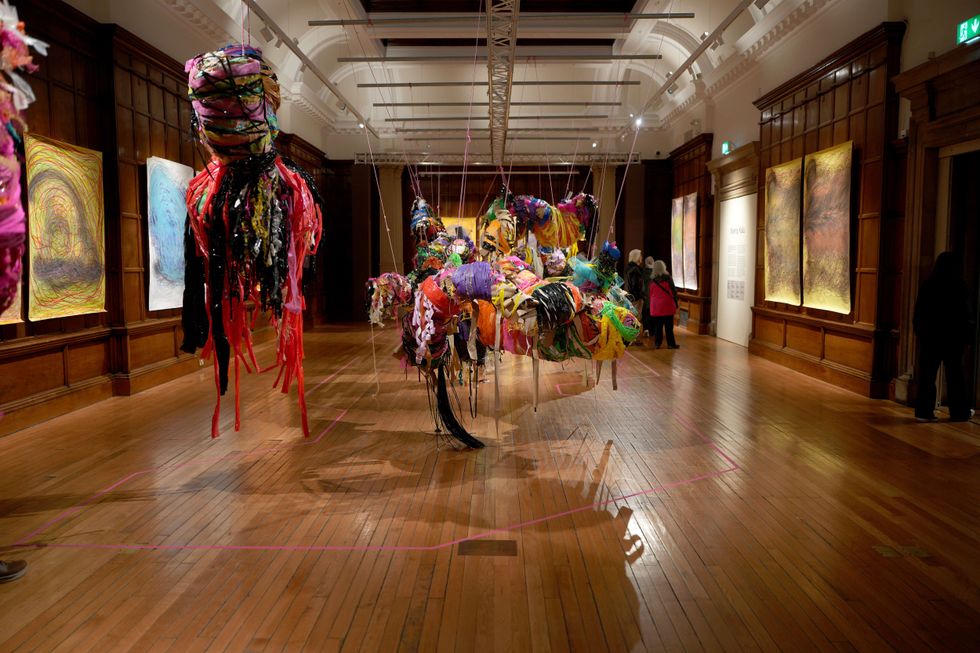ANGRY residents fight in queues at water taps, lakes have been turned into barren moonscapes and restaurants are cutting back on meals as the worst drought in living memory grips Southern Indian city of Chennai.
The hunt for water in south India's main city has become an increasingly desperate obsession for its 10 million residents after months with virtually no rain.
The bustling capital of Tamil Nadu state usually receives 825 million litres of water a day, but authorities are currently only able to supply 60 per cent of that.
With temperatures regularly hitting 40 degrees Celsius (104 Fahrenheit), reservoirs have run dry and other water sources are dwindling each day.
A rainstorm on Thursday (20) night, the first for about six months, brought people out onto the streets to celebrate, but provided only temporary relief.
"We don't sleep at night because we worry that this well will run out," said Srinivasan V, a 39-year-old electrician who starts queueing for water before dawn in his home district near Chennai airport.
The 70 families who use the well are allowed three 25-litre pots each day. Most pay high prices to private companies to get the extra water they need to survive.
Local officials organise a lottery to determine who gets to the front of the queue. The lucky first-comers get clear, fresh water. Those at the end get an earth-coloured liquid.
Srinivasan said he waits about five hours each day in water queues and spends around Rs 2,000 a month on bottled water or paying for a tanker truck to deliver water.
It is a big chunk of his Rs 15,000 monthly salary. "I have loans, including for the house, and I can't repay them now," he said.
The desperation has spilled over into clashes in Chennai. One woman who was involved in a water dispute with neighbours was stabbed in the neck.
In another suffering Tamil Nadu city, Thanjavur, an activist was beaten to death by a neighbouring family after he accused them of hoarding water.
Many in Chennai do not have the money to pay for extra supplies, and arguments in queues for free water often turn violent.
The hunt for water dominates daily life.
Some Chennai restaurants now serve meals in banana leaves so that they do not have to wash plates. Others have stopped serving lunch altogether to save water.
Families have had to reorganise daily life, setting up schedules for showers and devoting up to six hours a day to line up for water -- three in the morning, three in the afternoon.
Most of those queuing are women, including housewife Nagammal Mani, who said looking for water was like "a full-time job".
"You need one person at home just to find and fill up the water while the other person goes to work," she said.
Chennai gets most of its water from four lakes around the city. But it had a poor monsoon last year and levels have not recovered since.
The bones of dead fish now lie on the cracked bottoms of the lakes.
While weak rainfall is a key cause of Chennai's crisis, experts say India's poor record at collecting water does not help, particularly as the country of 1.3 billion people becomes increasingly urbanised.
The drought is seen as a symbol of the growing threat faced in many of India's highly vulnerable states, which have been hit by longer periods each year of sweltering heat that has devastated food production.
Hundreds of villages have already emptied in the summer heat this year because their wells have run dry.
Pradeep John, a local weather expert known online as "Tamil Nadu Weatherman", said if families in the area had spent their money on rain-collection equipment instead of truckloads of water they would be "self-sufficient" now.
"We've got almost 1,300-1,400 millimetres of rainfall every year. So that is a very significant amount of rainfall," he told AFP.
"So we have to find out where the problem lies, where the problem of urbanisation lies -- whether we are encroaching into the (rain) catchment areas -- improve these catchment areas, and then find a long-term solution."
John said there is no immediate hope for rains to end the crisis, with the monsoon not expected before October.
"If the water doesn't come, people will be shedding blood instead of tears," said housewife Parvathy Ramesh, 34, as she endured her daily queue in Chennai's stifling heat.
(AFP)





 Kalu accepting the award on Tuesday night JAMES SPEAKMAN/PA
Kalu accepting the award on Tuesday night JAMES SPEAKMAN/PA  Nnena Kalu becomes first learning-disabled artist to win Turner Prize Instagram/
Nnena Kalu becomes first learning-disabled artist to win Turner Prize Instagram/ Installation entitled 'Conversations' by artist Nnena KaluGetty Images
Installation entitled 'Conversations' by artist Nnena KaluGetty Images 





